The Role of Geostatistics in Predicting Gas Deposits
Introduction
Geostatistics is a branch of statistics that deals with spatial or spatiotemporal datasets. Developed originally to predict probability distributions of ore grades for mining operations, it is currently applied in diverse disciplines including petroleum geology, hydrogeology, hydrology, meteorology, oceanography, geochemistry, geometallurgy, geography, forestry, environmental control, landscape ecology, soil science, and agriculture (crop yield estimation).
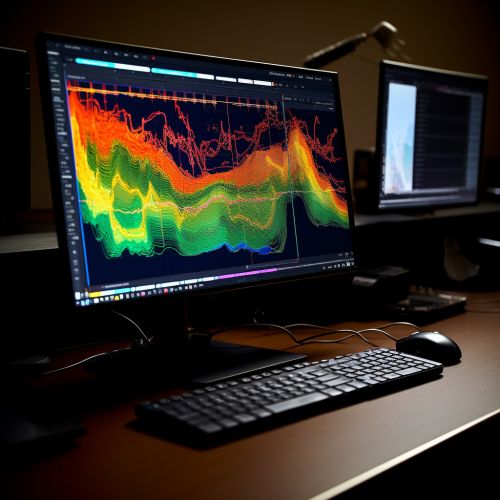
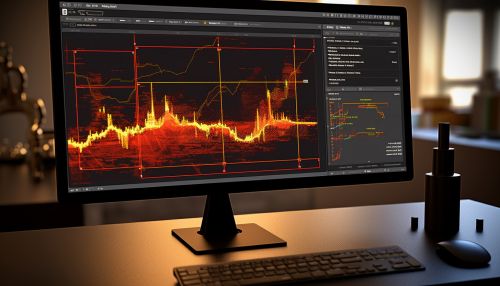
Role of Geostatistics in Predicting Gas Deposits
Geostatistics plays a crucial role in predicting gas deposits. It provides a set of mathematical tools that enable the estimation of the spatial distribution of a particular attribute of interest, such as the presence of natural gas, based on a limited number of observations. This is particularly useful in the field of petroleum geology, where accurate predictions of the location and size of gas deposits can significantly impact the economic viability of extraction operations.


Geostatistical Techniques
There are several geostatistical techniques that are commonly used in predicting gas deposits. These include:
Variography
Variography is a fundamental tool in geostatistics that is used to quantify spatial autocorrelations. It involves the calculation of a variogram, which is a plot of the variance of a dataset as a function of spatial lag. The variogram provides information about the spatial continuity of the attribute of interest and is used to model the spatial structure of the data.
Kriging
Kriging is a method of interpolation that is used to predict the value of a variable at unobserved locations based on observed data. It is named after the South African mining engineer Danie G. Krige, who first introduced the technique. Kriging provides the best linear unbiased prediction of the variable of interest and is widely used in the prediction of gas deposits.
Sequential Gaussian Simulation
Sequential Gaussian Simulation (SGS) is a geostatistical technique that is used to generate multiple equally probable realizations of a spatially correlated variable. It is particularly useful in assessing the uncertainty associated with the prediction of gas deposits.

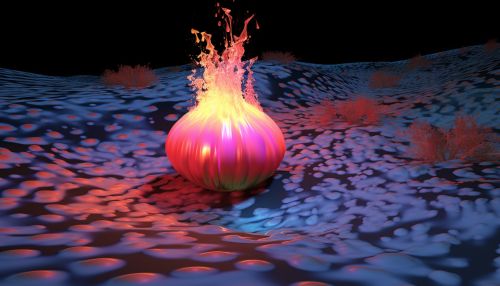
Application of Geostatistics in Predicting Gas Deposits
The application of geostatistics in predicting gas deposits typically involves the following steps:
1. Data collection: This involves the collection of data from various sources such as drilling logs, seismic surveys, and production history.
2. Data analysis: The collected data is then analyzed to identify trends and patterns. This often involves the use of statistical techniques such as regression analysis and cluster analysis.
3. Geostatistical modeling: Based on the results of the data analysis, a geostatistical model is developed. This model is used to predict the spatial distribution of the gas deposits.
4. Validation and refinement: The geostatistical model is validated using additional data. If the model's predictions are not accurate, it is refined and the validation process is repeated.


Limitations of Geostatistics in Predicting Gas Deposits
While geostatistics provides powerful tools for predicting gas deposits, it also has several limitations. These include:
1. Dependence on data quality: The accuracy of geostatistical predictions is highly dependent on the quality of the input data. If the data is inaccurate or incomplete, the predictions will also be inaccurate.
2. Assumption of stationarity: Many geostatistical techniques assume that the statistical properties of the data do not change over space. This assumption is often violated in practice, which can lead to inaccurate predictions.
3. Complexity: Geostatistical techniques can be complex and require a high level of expertise to apply correctly. This can limit their use in practice.
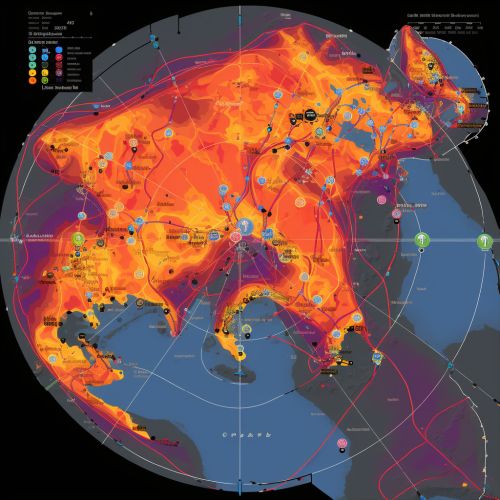
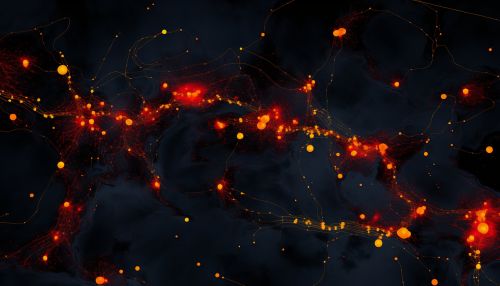
Conclusion
Despite these limitations, geostatistics remains a key tool in the prediction of gas deposits. By providing a mathematical framework for dealing with spatial data, it allows geologists and engineers to make informed decisions about where to drill and how to manage gas extraction operations. As data collection and analysis techniques continue to improve, the role of geostatistics in predicting gas deposits is likely to become even more important.
